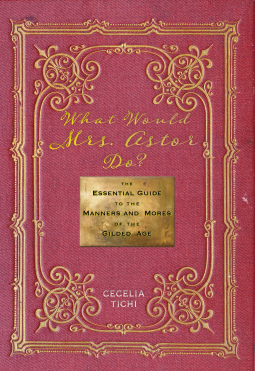 |
Life Drawing in 15 Minutes
by Jake Spicer ISBN-13: 9781781576267 Paperback: 128 pages Publisher: Ilex Press Released: Sept. 4, 2018 |
Source: Review copy from the publisher through Amazon Vine.
Book Description, Modified from Goodreads:
Drawing expert Jake Spicer introduces you to life drawing. From understanding relationships and proportions and considering basic anatomy, to learning about mark-making and tonal values, Jake takes you through the process of drawing the most rewarding of subjects. With step-by-steps and techniques derived from his proven life-class methods, Jake gives you the skills to create beautiful life drawings quickly, successfully and, ultimately, in only 15 minutes.
My Review:
Life Drawing in 15 Minutes is about how to draw the human figure quickly during a live, life drawing session. While most life drawing is of the nude human figure, I liked that many of the drawings in the book were of clothed people drawing the model. Anyway, he briefly covered the basics--what is life drawing, possible tools and materials that you can use, how to best to position yourself at a live session, and such. At the end, he also talked about setting things up to hold your own life drawing session.
He mainly talked about different ways of seeing the figure (outline, tones, etc.) and some methods for quickly getting the human figure on the paper and in the correct proportions. If you have trouble with the traditional "stick figure first" approach, then you might find his methods easier. I find the idea of marking the outer boundaries and "carving away" to create the correct human proportions and pose to be much easier. He suggested some exercises to prepare for a session and went through the steps for drawing a pose that is held, for example, for 15 minutes. He also focused on the details of several body parts and gave tips for things like foreshortening.
The instructions were easy to understand (even, I think, for non-artists), and he was always encouraging. Overall, I'd recommend this book to anyone who wants to improve their skill at drawing the human figure.
If you've read this book, what do you think about it? I'd be honored if you wrote your own opinion of the book in the comments.








